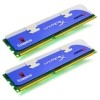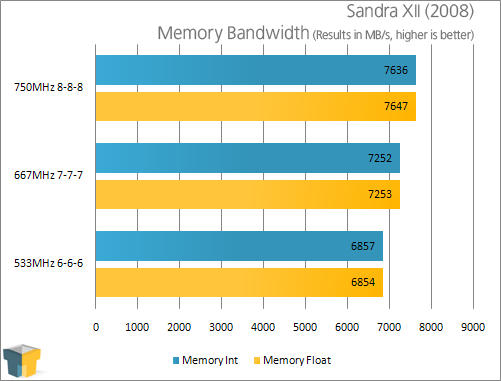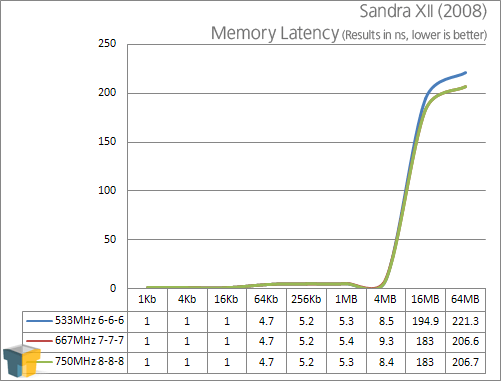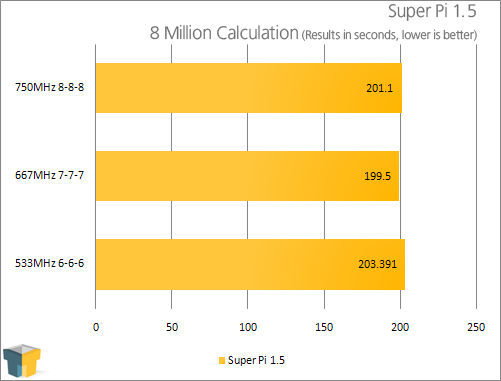- Qualcomm Launches Snapdragon 4 Gen 2 Mobile Platform
- AMD Launches Ryzen PRO 7000 Series Mobile & Desktop Platform
- Intel Launches Sleek Single-Slot Arc Pro A60 Workstation Graphics Card
- NVIDIA Announces Latest Ada Lovelace Additions: GeForce RTX 4060 Ti & RTX 4060
- Maxon Redshift With AMD Radeon GPU Rendering Support Now Available
Kingston 2GB HyperX DDR3-1375 CL7

Last Friday, we took a look at one of the first DDR3 kits on the market, OCZ’s DDR3-1333 Platinum. This week, we are continuing that theme with Kingston’s DDR3-1375 CL7, also one of the first kits available. How does this one compare to our OCZ kit? Read on to find out.
Page 3 – Sandra Bandwidth/Latency, Super Pi
If there is one benchmarking tool that we at Techgage know well, it’s SiSoftware’s Sandra. It’s proven to be a great tool simply because it has so many uses, including diagnostics, information reporting and of course, benchmarking. The company released their latest version, XII (2008) last week, and we have begun using it in all of our performance reviews that require it.

As far as raw bandwidth goes, the benefit is clearly with our DDR3-1500 overclock. It gave us close to a 1,000MB/s boost over our DDR3-1066 underclock, despite the much more loose timings.

DDR3-1066 may seem fast, but the differences are quite large with the bigger tests, such as 16MB and 64MB. The latencies at both our “stock” and top overclock are slightly in the top overclock’s favor.
Super Pi is a great benchmarkers tool, but it serves no real purpose except to help you brag about your overclocks. It’s a very CPU-intensive tool, but faster ram can help out greatly as well.

As seen in our Sandra latency report, the top overclock once again delivered slower results thanks to the lower timings. Now, if 7-7-7 was stable at 750MHz, the differences would be far greater.
|
|
Support our efforts! With ad revenue at an all-time low for written websites, we're relying more than ever on reader support to help us continue putting so much effort into this type of content. You can support us by becoming a Patron, or by using our Amazon shopping affiliate links listed through our articles. Thanks for your support!





